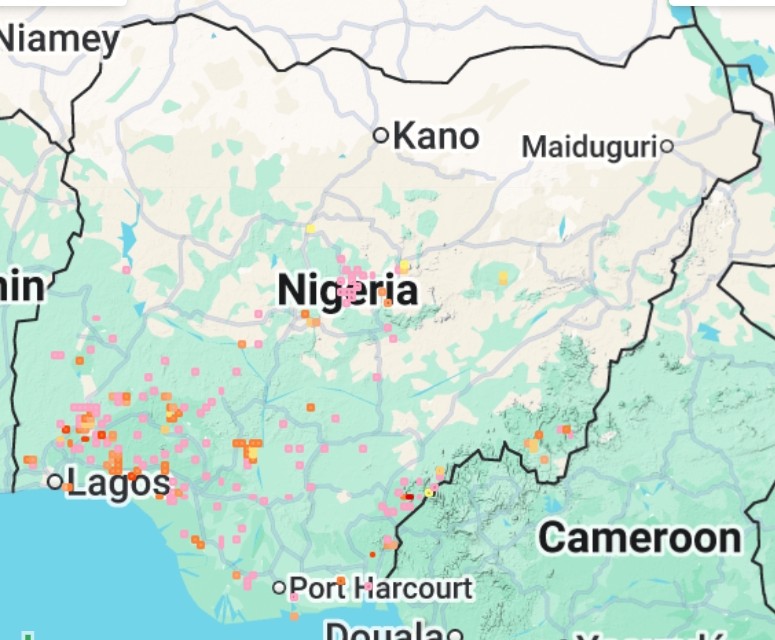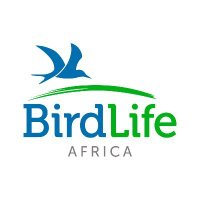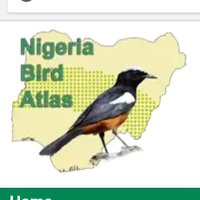
Nigeria Bird Atlas Project
@birdnigeria
An exciting citizen science project seeking to map the distribution of Nigeria's birds & biodiversity & promote their conservation!
ID: 994824976069996546
http://nigeriabirdatlas.adu.org.za 11-05-2018 06:22:12
1,1K Tweet
1,1K Followers
281 Following

Common Greenshank (Tringa nebularia) A Palaearctic bird that winters in a variety of freshwater and marine wetlands across its range. A non-breeding visitor in Nigeria. Threats ☠️: Pollution, degradation and loss of wetland habitats. #BirdsSeenIn2025 #CitizenScience 📷: Pantong Mark Davwar
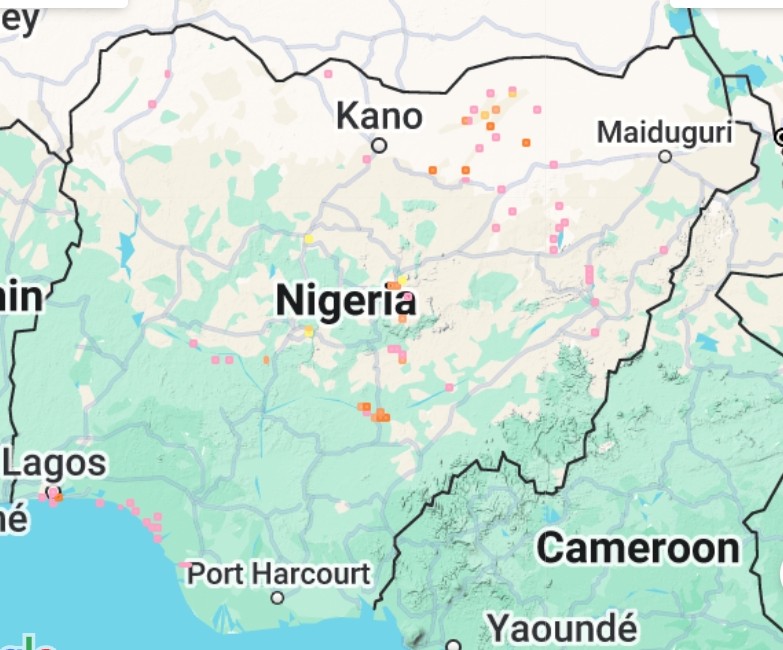


Marsh Owl (Asio capensis) An Afrotropical species of owl. Found in open grassland and marshland. And a resident species in Nigeria. A nomadic bird species that moves with the rains. Threats ☠️: Habitat loss through urbanisation, agriculture and overgrazing. 📷: Pantong Mark Davwar #birds
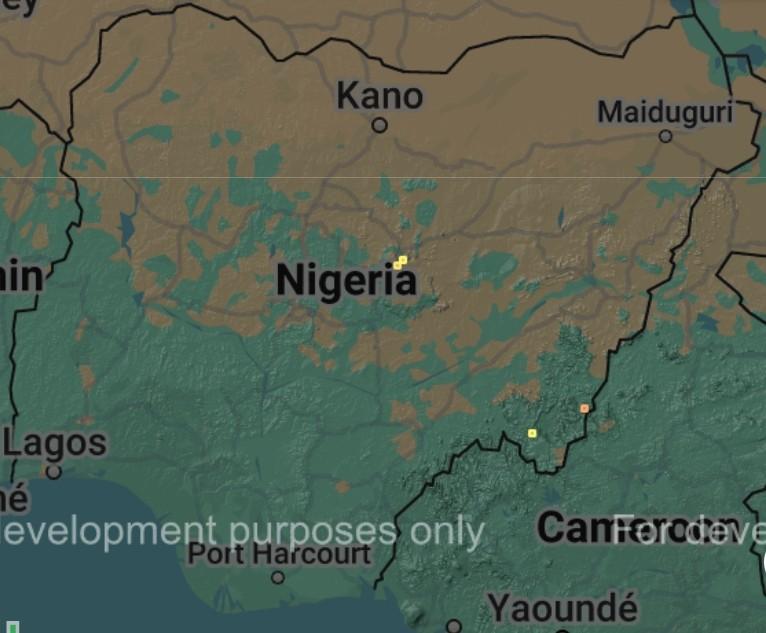




Common Cuckoo (Cuculus canorus) A migratory cuckoo that winters in Africa. Non-breeding visitor in Nigeria. Found mostly in the forest and woodland habitats. It feeds mainly on insects, and occasionally eats eggs and chicks. 📷: Pantong Mark Davwar #CitizenScience #birdwatching
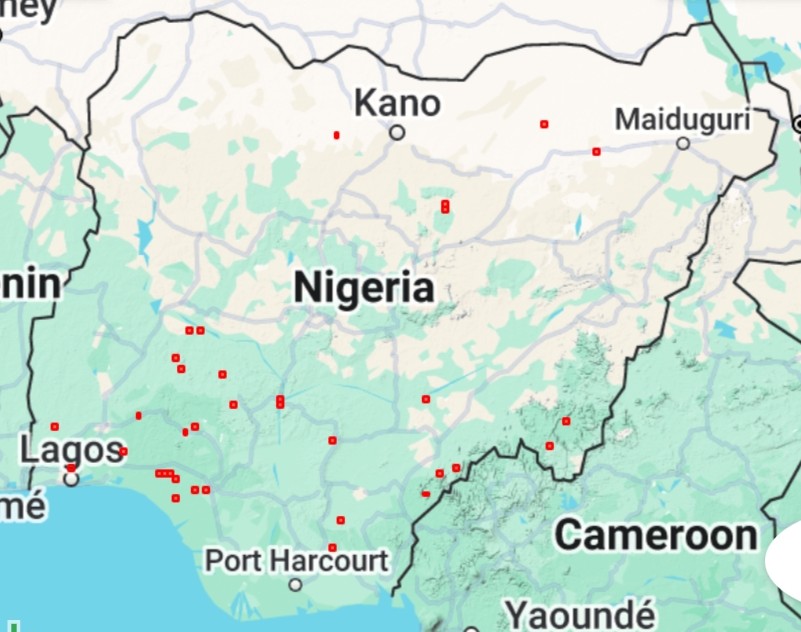


A Chestnut Bellied starling seen in Lagos, Nigeria which is way out of its traditional range in Northern Nigeria. This observation sparked a lot of debate about how it got to Taqwa bay in Lagos. A pair was observed. #BirdSeenin2025 #BirdsofNigeria Nigeria Bird Atlas Project A.P. Leventis Ornithological Research Institute
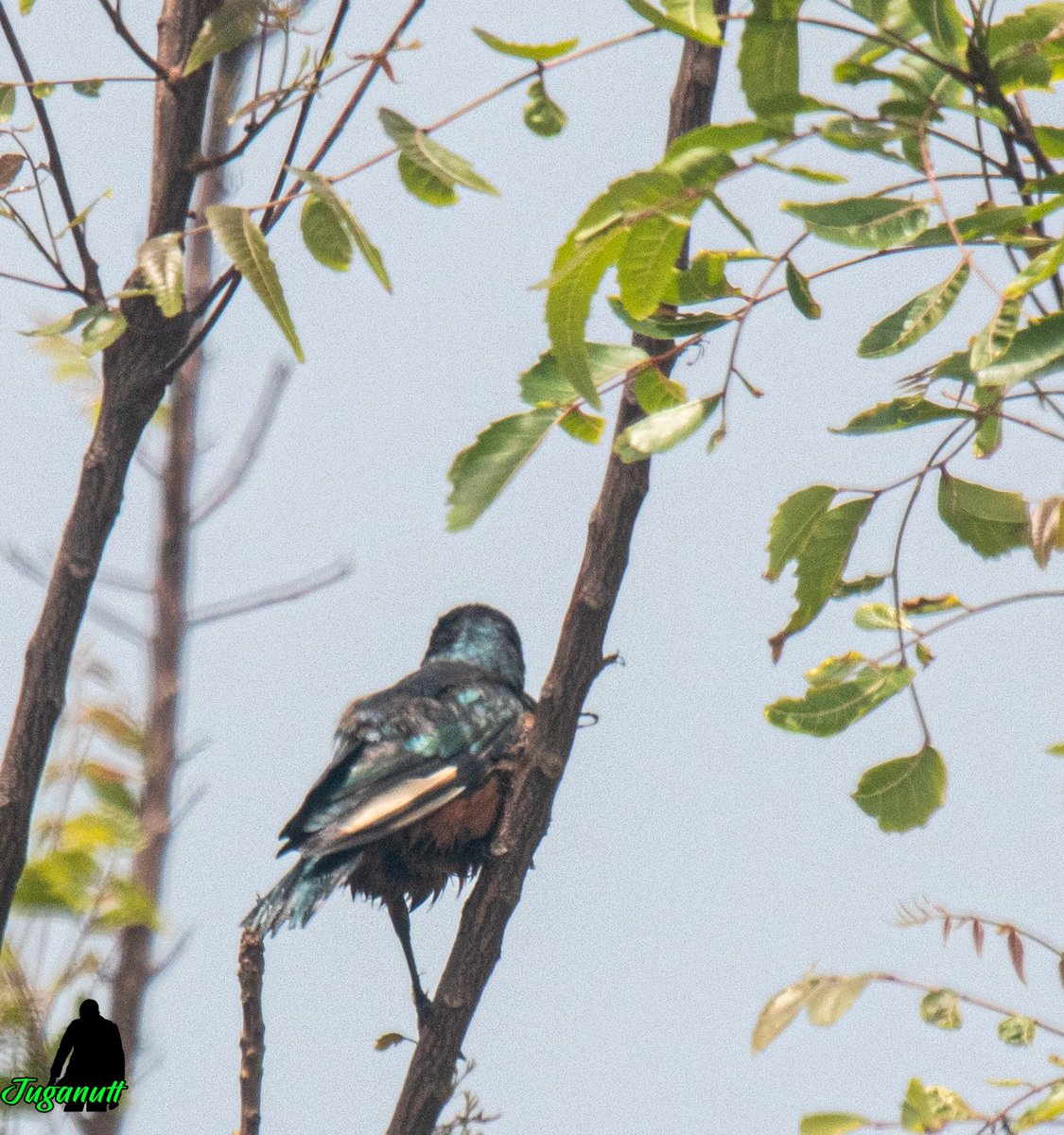


An intra-African migrant that is seasonal across its range. It breeds in northern Nigeria and occurs year round in the southern part of the country. Main habitats include, subtropical/tropical moist lowlands, open woodlands and rural gardens. 📷: Joseph Kwasi Afrifa #BirdsSeenIn2025
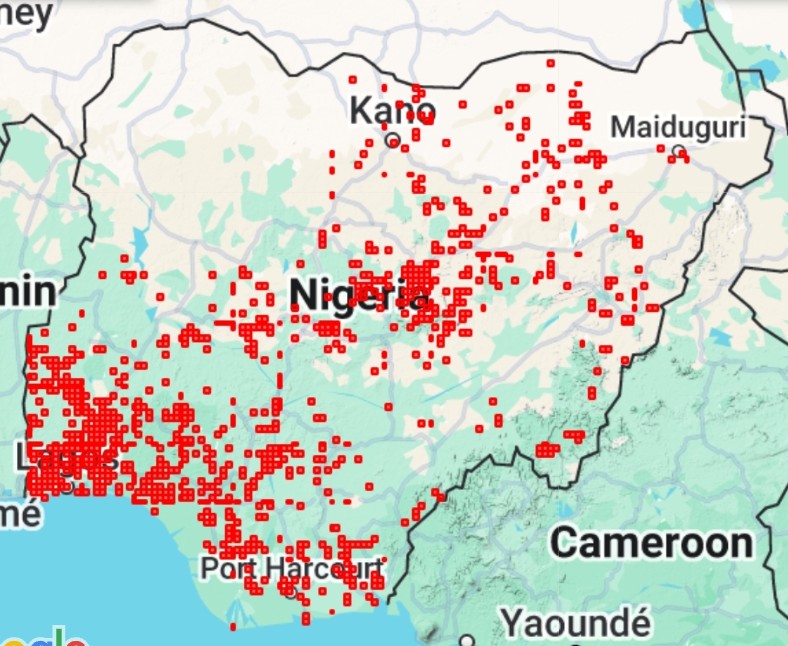

Blue Malkoha (Ceuthmochares aereus) An arboreal, non-parasitic cuckoo found in sub-Saharan Africa. A forest species that feeds mainly on insects and occasionally eats slugs, leaves, and seeds. 📷: Joseph Kwasi Afrifa #citizenscience #BirdsSeenIn2025
